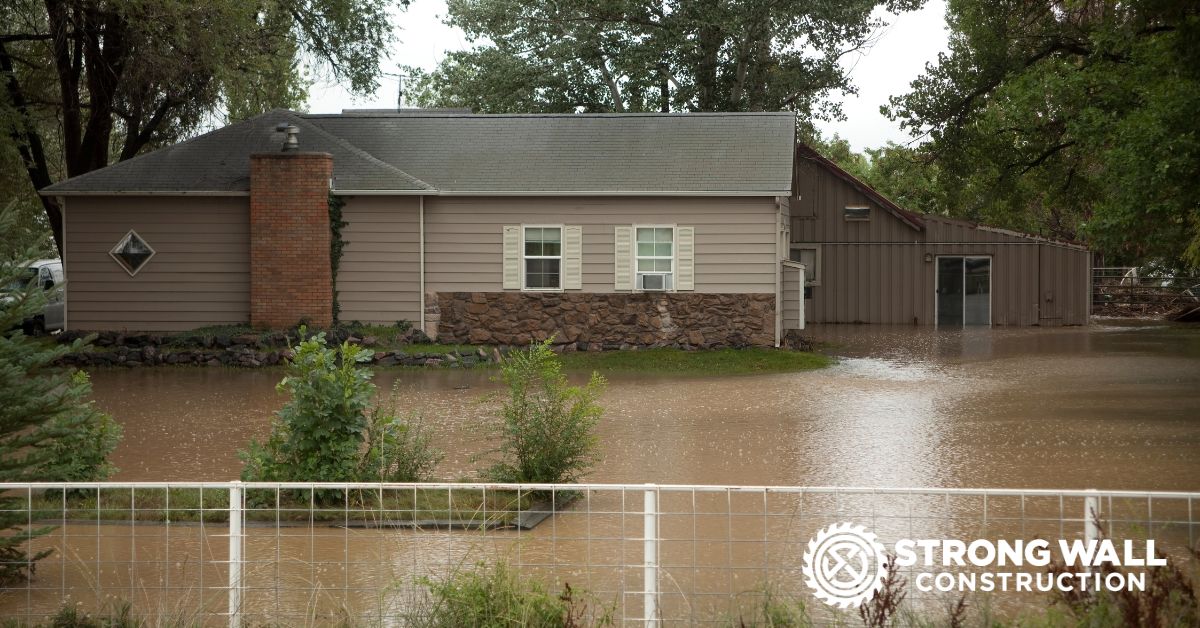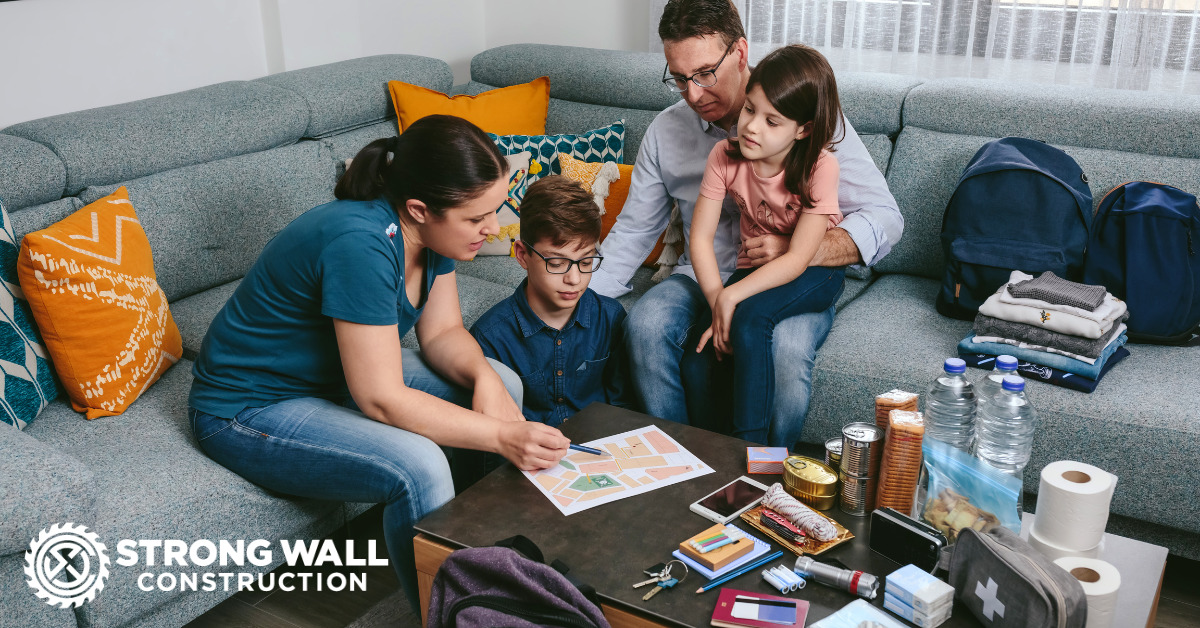As spring ushers in its mild breezes and budding blooms, it also brings with it…

10 Essential Flood Safety Tips: Steps to Take After Your Home is Flooded
Have you ever asked yourself what should you do if your house floods? Facing the aftermath of a home flood can be a daunting, overwhelming ordeal. It’s a challenge that no homeowner should face, but when flood waters rise, it’s crucial to have a clear plan.
With these flood safety tips, we aim to be your guide and help you navigate this crisis. These essential steps will help you restore your home, secure your belongings, and, most importantly, ensure the safety and health of your loved ones.
1. Prioritize Safety
The first thing you should do after your home floods is confirm that you, your family, and your pets are safe. Flooding can cause severe structural damage to a home, so avoid re-entering the building until appropriate authorities tell you it’s safe.
If a natural disaster caused the flood, stay updated with the local news and emergency services.
2. Document Damage
It’s crucial to document all damage as soon as it’s safe to enter your home. Take photographs and video footage of all affected areas, including damage to your belongings. This evidence will be necessary for insurance claims and disaster assistance.
3. Contact Insurance
Notify your home insurance provider as soon as possible. They will provide guidance through the claims process and give you an idea of what to expect.
Some water damage restoration companies will work directly with your insurance to make this process more seamless. In our experience, working with our clients’ insurance companies relieves a lot of stress.
4. Start the Cleanup Process
Start cleaning up the flood damage as soon as you can. You may need assistance draining any standing water during this process.
Remove all waterlogged items and dry out flooded areas with fans, dehumidifiers, or professional drying services to prevent mold and mildew.
5. Discard Unsalvageable Items
Unfortunately, flooding may ruin certain items beyond repair. Anything soaked by contaminated water – food or porous furniture – should be thrown away to prevent disease.
6. Sanitize Your Home
After removing the water and unsalvageable items, clean and sanitize your home to prevent harmful bacteria and mold growth, which can pose serious health risks.
7. Start the Restoration Process
Hire professionals to restore your home, which may mean repairing structural damage, replacing drywall, painting, and replacing flooring. Look for licensed contractors with good reputations that have experience in flood and water damage restoration.
8. Learn How to Prevent Flooding in Home
Take steps to reduce the risk of future flooding. Install sump pumps, apply waterproof coatings to your foundation, elevate your home, or explore other yard drainage and flood prevention methods.
9. Keep Receipts and Document Expenses
Ensure you record all expenses related to the flood damage and recovery, including receipts for professional services, new materials and appliances, and even hotel stays if you were displaced. These records will help as you navigate insurance claims.
10. Reach Out for Help
Dealing with the aftermath of a flood can be emotionally challenging. Don’t hesitate to seek support from your community, disaster relief organizations, or mental health professionals.
Water Damage Restoration with Strong Wall Construction
Remember, restoration is often complex and overwhelming, but you don’t have to go through it alone. Strong Wall Construction is ready to assist you every step of the way. With over 75 years of restoration experience, we ensure excellent craftsmanship and provide compassionate customer care, understanding your challenges.
We’re committed to full transparency and guarantee your satisfaction with our services. We keep you involved and informed during restoration and work directly with your insurance company to ease some of your burdens. Talk to an expert today to learn more.
With Strong Wall Construction, you have a trusted partner to help you put your home – and life – back together.



